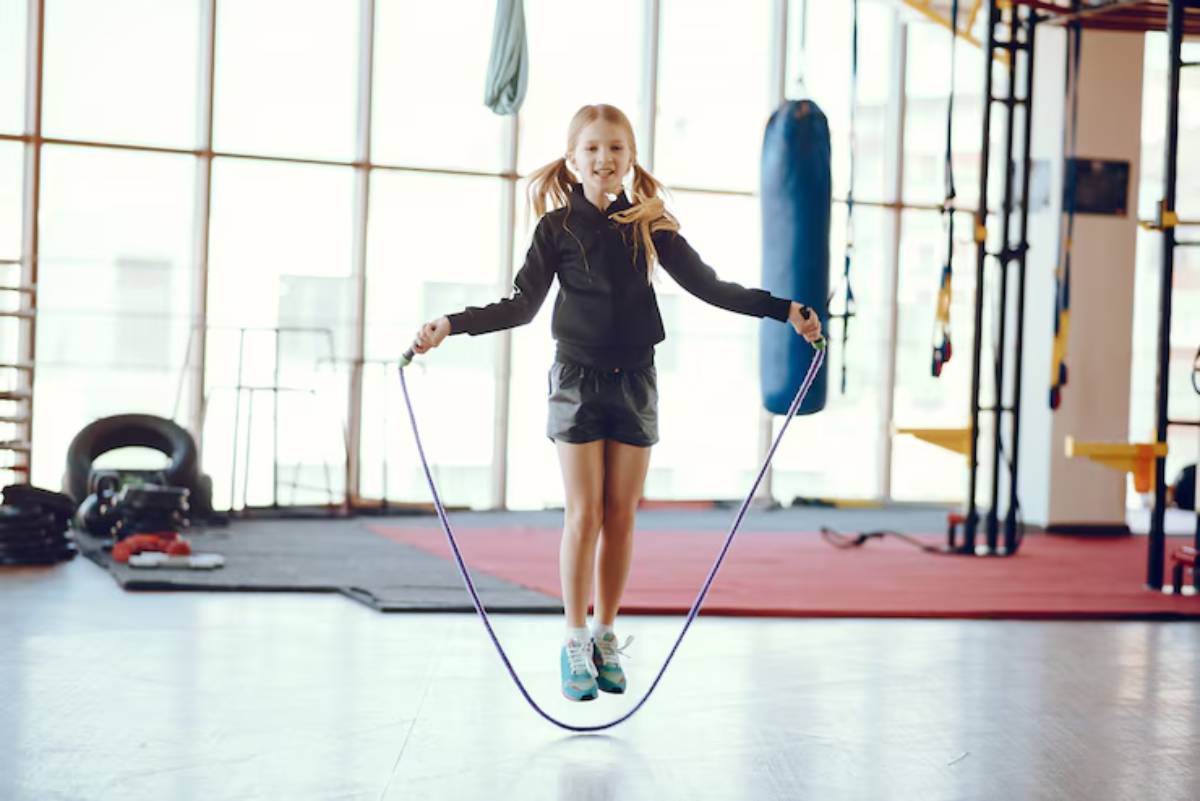
Key Mistakes Women Make When Starting Strength Training
Starting strength training is one of the most empowering decisions a woman can make. It reshapes your body, sharpens your mindset, and builds real-world strength. But in those first few weeks, when everything feels new and unfamiliar, it’s easy to fall into traps that delay progress or even lead to injury.
If you’ve ever wondered whether you’re “doing it right” at the gym or why you’re not seeing results, this article is for you. Many women unknowingly make the same beginner lifting mistakes, not because they’re careless, but because they’re navigating a world that often doesn’t teach women how to lift effectively from the start.
This guide will help you spot those common pitfalls early and steer toward a routine that actually works for your body and goals. Whether you’re lifting at home, in a gym, or somewhere in between, let’s make sure your journey is built on strength — not setbacks.
Mistake #1: Prioritising Cardio Over Strength
Many women begin their fitness journeys believing that cardio is the key to fat loss and toning. While cardio has benefits, neglecting strength training limits your progress.
Here’s why:
- Muscle burns more calories at rest than fat
- Strength training boosts metabolism beyond the workout window
- Resistance training tones the body more effectively than steady-state cardio alone
You don’t have to ditch cardio — just integrate it as part of a well-rounded plan. If you want lasting physique changes, muscle-building should be at the core.
Mistake #2: Fearing “Bulkiness”
This is one of the most persistent myths in women’s fitness. The idea that picking up weights will suddenly make you bulky is not only false — it’s holding you back.
Women naturally have lower testosterone levels, which makes it physiologically difficult to gain large amounts of muscle mass. The reality?
- You’ll develop definition, not size
- You’ll look leaner, not thicker
- You’ll feel stronger, not heavier
For further reassurance, check out the shoulder training for physique symmetry, which shows how strategic resistance training can enhance your natural frame without bulk.
Mistake #3: Skipping Form in Favour of Heavier Weights

In the early stages, it’s tempting to chase heavier dumbbells as a way to feel like you’re progressing. But bad form leads to injury and plateaus.
Here’s what to focus on instead:
- Master bodyweight and light dumbbell movements first
- Use mirrors or record yourself to assess posture and alignment
- Hire a trainer or use reliable video demos for technique
Progress comes from consistency, not ego. Slow, controlled reps with proper form will serve you better than heavier weights with poor mechanics.
Mistake #4: Avoiding the Free Weights Section
The squat racks and barbells can feel intimidating — especially when it seems like everyone knows what they’re doing. But avoiding this area means missing out on some of the most effective lifts.
Instead:
- Start with dumbbells or kettlebells in an open space
- Gradually work your way toward more complex lifts like deadlifts or bench presses
- Remind yourself: everyone starts somewhere
Owning your space is a huge part of overcoming gym fear. If you need help, follow beginner plans like the ultimate weight training guide for women that walk you through it all.
Mistake #5: Training Without a Plan
Wandering around the gym choosing exercises at random might feel productive, but it’s a fast road to stagnation.
A proper strength plan:
- Ensures balanced training across all major muscle groups
- Tracks your progress over time
- Incorporates rest and recovery deliberately
If you’re not following a structured programme yet, start by training 2–3x per week, focusing on compound movements like squats, lunges, presses, and pulls. Consistency is key.
Mistake #6: Ignoring Recovery and Rest

It might seem like “more is better” but in strength training, recovery is where the magic happens. Muscles grow and repair when you rest, not when you lift.
Common signs you’re overtraining:
- Constant fatigue or soreness
- Sleep disruptions
- Plateaued progress or mood dips
Schedule at least one full rest day per week, and space out muscle group sessions to allow time for repair. Respecting recovery is part of training like an athlete.
Mistake #7: Neglecting Nutrition for Muscle Support
Lifting weights without fuelling properly is like trying to build a house with no bricks. Muscle needs protein and energy to grow.
What helps:
- Eat protein with every meal (aim for 1.6–2.2g/kg of body weight daily)
- Don’t be afraid of carbs — they fuel your workouts
- Hydrate consistently and eat enough to support your activity level
Nutrition is not just about aesthetics. It supports strength, energy, hormonal balance, and recovery.
Mistake #8: Measuring Progress Only by the Scale
Muscle is denser than fat, which means your body can shrink in size while your scale weight stays the same. If the scale is your only metric, you’ll miss major wins.
Track:
- How your clothes fit
- How much stronger you’re getting
- How your posture or energy improve
Take progress photos, track your reps, and journal how you feel. These are the indicators that truly matter.
Mistake #9: Overcomplicating Workouts
Social media can make strength training look like you need 17 variations of lunges and equipment you’ve never seen before. But the truth? Simplicity works best.
The basics — squats, deadlifts, rows, presses, and planks — never go out of style. You don’t need fancy routines. You need consistency and progression.
Mistake #10: Comparing Yourself to Others

Your journey is yours. Someone else’s chapter 10 shouldn’t make you doubt your chapter 1. Comparison only distracts from your progress.
Instead of asking:
“Why am I not where she is?”
Ask:
“How far have I come since I started?”
Celebrate your reps, your effort, your commitment. That’s where real confidence grows.
What to Do If You’ve Made These Mistakes
First — breathe. We’ve all made them. Mistakes aren’t signs you’ve failed — they’re feedback. Use them to course-correct:
- Swap ego-lifting for form-focused progressions
- Trade random sessions for a structured plan
- Replace “all or nothing” with “just start”
Every workout is a chance to learn, adapt, and grow stronger — inside and out.
Build Strength Without Setbacks
Starting strength training is an exciting journey, but one filled with learning curves. By steering clear of these common beginner mistakes, you set yourself up for faster results, fewer frustrations, and a deeper connection to your body.
So lift smart. Move intentionally. Stay patient. And trust that every rep — done right — takes you closer to the strongest version of yourself.
Your strength story doesn’t begin with perfection. It begins with the decision to start wisely, consistently, and with care.


